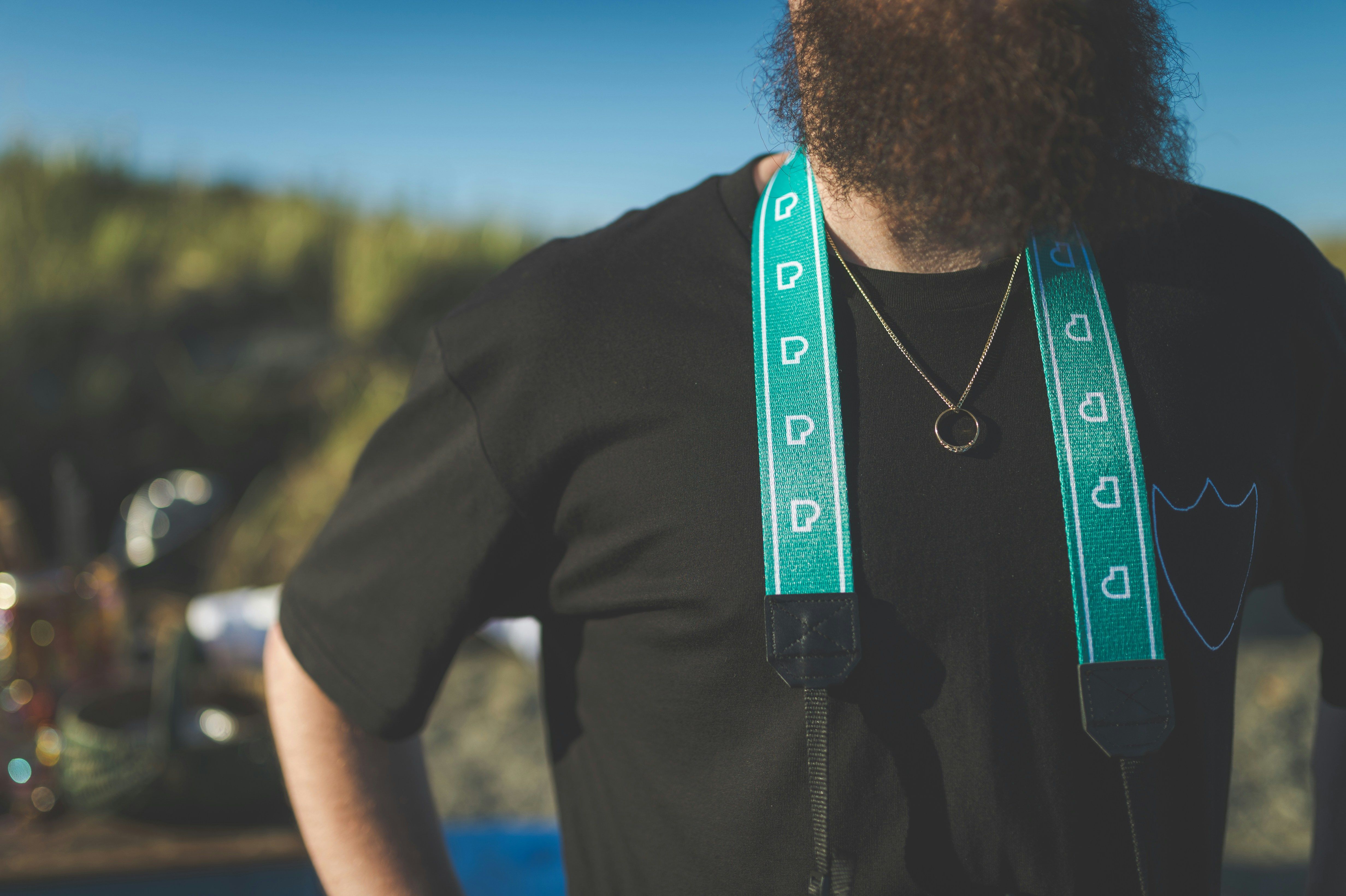Streamlining retail translation processes: A beginner's guide
In the vast retail world, dealing with numerous languages is inevitable. To genuinely connect with consumers around the globe, businesses need to set up a top-notch retail translation workflow. This ensures that customers, regardless of their location, can expect an inclusive and consistent experience.
A retail translation workflow consists of the stages from translating retail content like product descriptions, promotional content, and customer communications to their deployment in various languages. This process is crucial for any retailer aiming to captivate international audiences and localize their shopping experience.
Crafting an unrivaled retail translation workflow: Key components
Assembling a skilled team
A high-quality retail translation workflow demands a talented team of translators and editors. These professionals should not only possess superior language skills but also possess a deep understanding of the retail industry and its intricacies.
Employing cutting-edge technology
Leveraging advanced translation software can significantly boost the workflow, increase consistency, and reduce potential errors. Essential features include translation memory, machine-assisted translation, and real-time collaboration capabilities.
Implementing a stringent quality assurance system
A rigorous quality assurance system is indispensable. Carry out multiple rounds of editing and proofreading to ensure that the final content resonates with your brand voice and connects with your target audience effectively.
Fostering clear communication channels
Ensure open communication channels amongst the team. This encourages collaboration, quick resolution of queries, and smooth project progression.
Adhering to legal and cultural norms
Compliance with legal regulations and cultural customs of the target market is essential. Integrate a review process within your workflow to validate these compliances.
Steps to creating an optimal retail translation workflow
To guarantee a smooth and effective retail translation workflow, follow these systematic steps.
Step 1: Analyze source content
The process starts with a thorough analysis of the source content. This helps in identifying industry-specific terminology, brand-specific language, and the tone and style of the content.
Step 2: Translate
Equipped with insights obtained from the content analysis, the translator(s) carry out the translation, safeguarding the original content's essence. It's vital to find a native language speaker or language expert to ensure your message resonates consistently.
Step 3: Edit
Following translation, the content should undergo thorough editing to verify consistency, grammar, syntax, and compliance with the stylistic conventions of the target language. Seek diverse input during this stage for a polished output.
Step 4: Proofread
Proofreading serves as the final quality check. Eliminate any lingering errors and refine the translated content, making it ready for publication. Aim for diverse input during this stage to strengthen your message.
Step 5: Review
A crucial step is to review the translated content for cultural and legal compliance. This process prevents potential legal repercussions and cultural faux pas.
Step 6: Deliver
Deliver the finished translated content to the client or publish it directly on the respective platform. Distribute content in a physical location, on product catalogues, or on an e-commerce site. Ensure all aspects are covered in your plan.
Best practices for streamlining your retail translation workflow
To optimize your retail translation workflow, consider incorporating these best practices into your process.
Regular training sessions
Ensure your translation team participates in regular training sessions. These will keep them updated about industry trends, technological advancements, and evolving linguistic patterns.
Utilize glossaries and style guides
Glossaries and style guides are indispensable tools for maintaining consistency in language usage across all translated content. They serve as key reference tools for your translation team.
Automate repetitive tasks
Automating tasks like formatting and uploading content saves time, boosts productivity, and significantly speeds up the translation process. Embrace modern language technology to maximize your translation efficiency.
Regular reviews and updates
Routinely reviewing and updating your workflow is vital. This enables your workflow to adjust to changing business requirements, market dynamics, and technological advancements.
Overcoming challenges in retail translation workflow
Every workflow encounters hurdles, and the retail translation process is no exception. Here are some common challenges and tips to conquer them.
Managing linguistic nuances
Languages have unique idioms, metaphors, and nuances that don't translate directly. Work with translators who are not only proficient in the target language but also familiar with its cultural subtleties to ensure natural translations and align with local norms.
Maintaining consistency across multiple translations
Achieving brand voice consistency across various languages and translations can be challenging. Use translation memories and style guides to preserve your brand's voice and tone across multiple markets.
Meeting tight deadlines
Retail is a fast-paced industry, often requiring quick turnaround times for translations. Automation can significantly reduce time-consuming manual tasks and expedite the translation process.
Ensuring legal and cultural compliance
Ensuring all translated content complies with legal requirements and cultural norms of each target market requires thorough review procedures and knowledge of local laws and customs.
The future of retail translation workflows
Technology will continue to revolutionize retail translation workflows. Machine translation will become more accurate, but human translators will still be essential for quality assurance and managing complex cultural nuances.
AI and machine learning may automate more stages of the workflow, increasing speed and efficiency. However, training and development of the translation team will remain crucial to manage these technological advancements and maintain high-quality translations.
The decisive advantage of a remarkable retail translation workflow
The global retail landscape is fiercely competitive. An exceptional retail translation workflow can provide the key to unlocking new markets and offering an unprecedented shopping experience to global consumers. Invest time and resources in developing and refining your retail translation workflow and witness the impact it makes on your bottom line.
Enrichment Data:
Overall:
Optimizing a retail translation workflow involves several best practices, steps, and overcoming specific challenges. Here's a comprehensive guide to help you enhance your workflow:
Best Practices
- Collaborate with Native Speakers: Engage native translators and reviewers who understand the local culture, language nuances, and regional preferences. This ensures that translations sound natural and align with local norms[3][5].
- Use Translation Management Systems (TMS): Tools like Smartcat, Memsource, or SDL Trados can streamline collaboration, automate workflows, and maintain translation memories to ensure consistency across languages[3][5].
- Establish Clear Guidelines: Develop comprehensive glossaries and style guides to maintain brand consistency and terminology accuracy across languages[5].
- Integrate with Enterprise Systems: Use API connections to integrate your TMS with CRM, CMS, PIM, and DAM systems for seamless content translation and management[5].
- Regular Reviews: Conduct regular reviews with in-country experts to maintain terminology freshness and catch nuances that AI might miss[5].
Steps to Optimize the Workflow
- Assess Current Processes: Evaluate your existing translation workflow to identify bottlenecks and areas for improvement.
- Set Clear Objectives: Define what you want to achieve from optimizing your translation workflow, such as reducing costs, improving quality, or increasing efficiency.
- Implement a Scalable Workflow: Create repeatable processes across languages and establish tiered review levels for critical content[5].
- Automate File Transfers: Use automated workflows to minimize manual file handling and reduce errors[5].
- Monitor and Refine: Continuously monitor your workflow's performance and refine it based on feedback and outcomes.
Challenges
- Cultural and Linguistic Differences: Different cultures and languages have unique nuances that can make direct translations problematic[5].
- Consistency Across Languages: Maintaining consistency in terminology and brand voice across multiple languages is challenging[5].
- Integration with Other Systems: Centralizing translation across multiple platforms can be difficult without proper integration[5].
- Quality Control: Ensuring high-quality translations requires robust quality control measures, including human review and feedback loops[5].
By addressing these challenges and implementing best practices, you can optimize your retail translation workflow to improve efficiency, quality, and customer satisfaction.
- The retail translation workflow requires a team not only skilled in languages but also well-informed about the retail industry to ensure accurate, industry-specific translations.
- Adopting advanced technology, including translation memory, machine-assisted translation, and real-time collaboration capabilities, can enhance the retail translation workflow, boosting efficiency while reducing potential errors.





